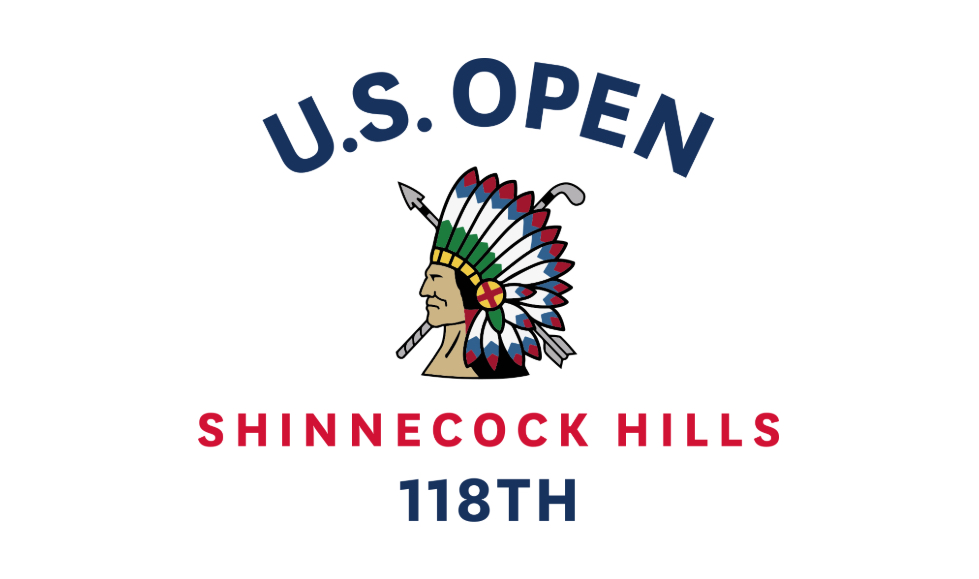by Tom LaMarre
Shinnecock Hills Golf Club in Southampton, N.Y., which will host the upcoming 118th U.S. Open, has a storied history—although it comes with a dark side.

This will be the fifth time the course will host the U.S. Open in 122 years, with James Foulis winning in 1896, Raymond Floyd winning in 1986, Corey Pavin taking the title in 1995 and Relief Goosen of South Africa coming out on top in 2004.

The controversy surrounding the club comes from a claim by the Shinnecock Indian Nation that the property on which the club is located was seized illegally in a white land grab in 1859.
The original 80-acre parcel was purchased for $2,500, with 44 original members paying $100 each, and members of the Shinnecock Indian Nation helped with construction of the golf course. William K. Vanderbilt, heir to the Vanderbilt fortune, Edward Meade and Duncan Cryder led the effort to build a 12-hole course designed by Willie Davis of Royal Montreal Golf Course, which opened in 1891 alongside the Long Island Railroad and the Shinnecock Canal about 80 miles from New York City.
Shinnecock Hills claims to be the oldest organized golf club in the United States with the oldest clubhouse, designed by famed architect Stanford White, which was built the following year. In 1894, golf course architect Willie Dunn of Scotland arrived and designed six more holes, which led to Shinnecock Hills hosting the U.S. Open in 1896, with Foulis claiming the victory.

The Shinnecock Indian Nation filed a lawsuit against the State of New York in 2005, seeking the return of 3,500 acres to the tribe in addition to billions of dollars in reparations. Native American representatives claim Shinnecock Hills Golf Club is located on the nation’s tribal burial grounds.
The core of the lawsuit is over a 1703 land deal between Southampton and the tribe for a 1,000-year lease. The suit charges that a group of powerful investors conspired to break the lease in 1859 by sending the state legislature a fraudulent petition from a number of Shinnecock tribesmen.
Although other tribal members immediately protested the petition was a forgery, the legislature approved the sale of 3,500 acres of former tribal land.
The Shinnecock Indian Nation lost the 2005 lawsuit in court and the U.S. Court of Appeals in Manhattan upheld the ruling in October of 2016. Later in the year, the United States Supreme Court declined without explanation to review the decision.
“The Trustees are very dismayed by this ruling,” the tribal Council of Trustees told tribe members in a letter. “We will not let this historical injustice stand and we will continue to stand up for our rights.”
During the dispute, Shinnecock Hills Golf Club deleted from its logo the symbol of its longstanding relationship with the tribe, the stern profile of an Indian in full headdress.
Shinnecock’s first national event was the U.S. Amateur won by H.J. Wigham earlier in 1896 prior to the 1896 U.S. Open, and the United States claimed a 16-8 victory over Great Britain and Ireland on the course in the 1977 Walker Cup.
The United States Golf Association already has announced that the U.S. Open will return to Shinnecock Hills in 2026.

